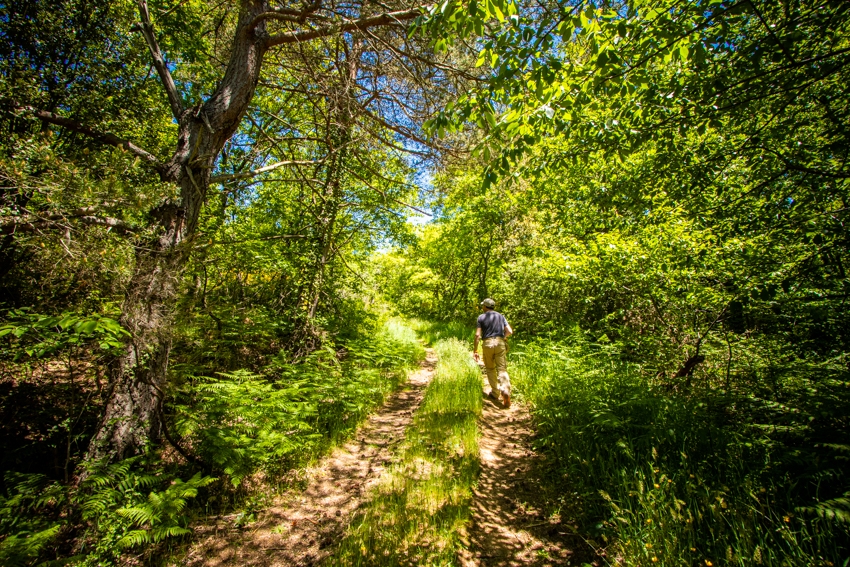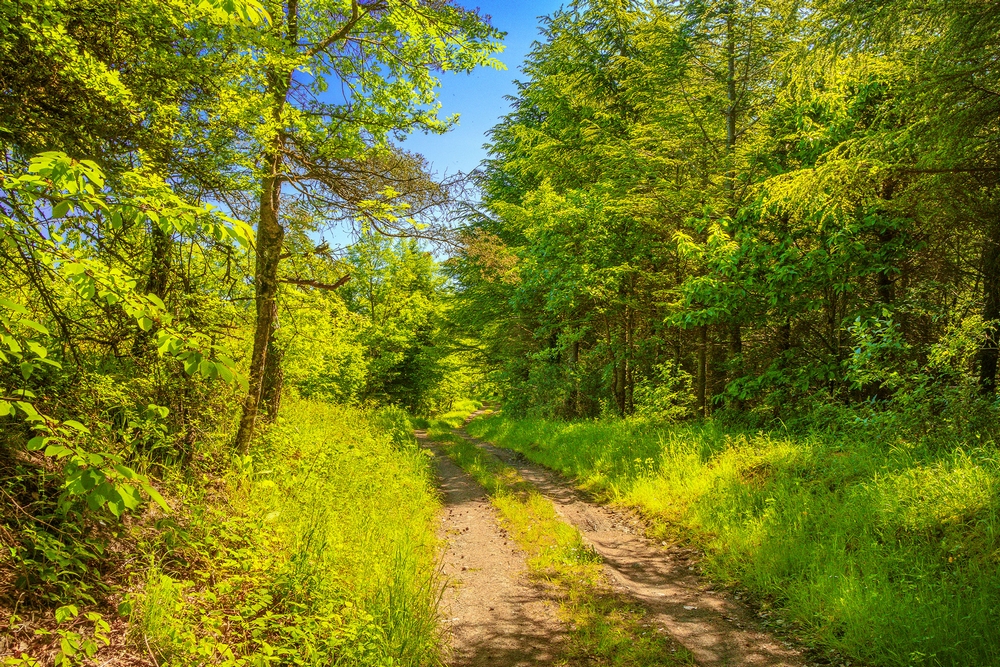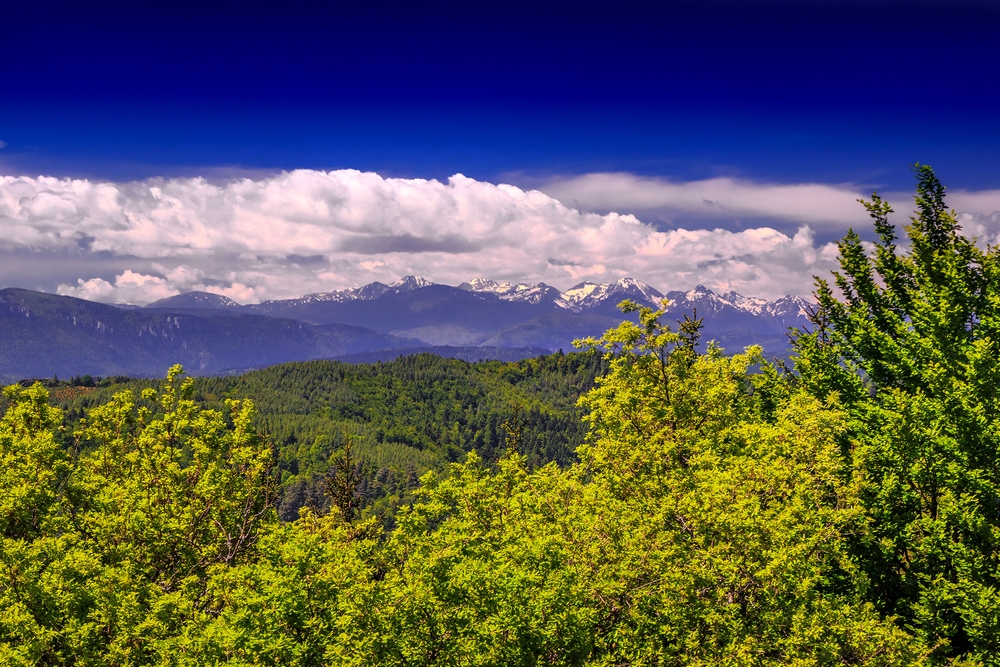DE BRANCHE EN BRANCHE
Start
ALBIERESFinish
ALBIERES
Last update 14/11/2025
Description
Albières, with its castrum, is a small village in the Mouthoumet massif.
This little jaunt (“Petite vadrouille”) that will allow you to take in the different essences of the forest climbs all the way up from the Col du Paradis to the watchtower of the Pech where you’ll enjoy a broad panoramic view on the Corbières.
Technical sheet
Waymarking
Start
JUMPING FROM BRANCH TO BRANCH
11330 ALBIERES
Circuit stages
Nearby








